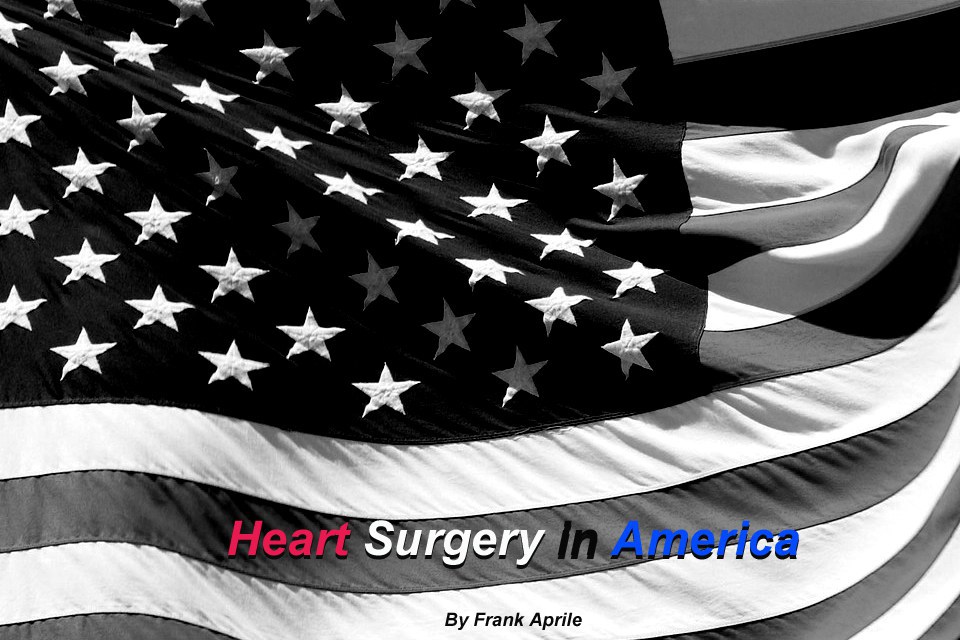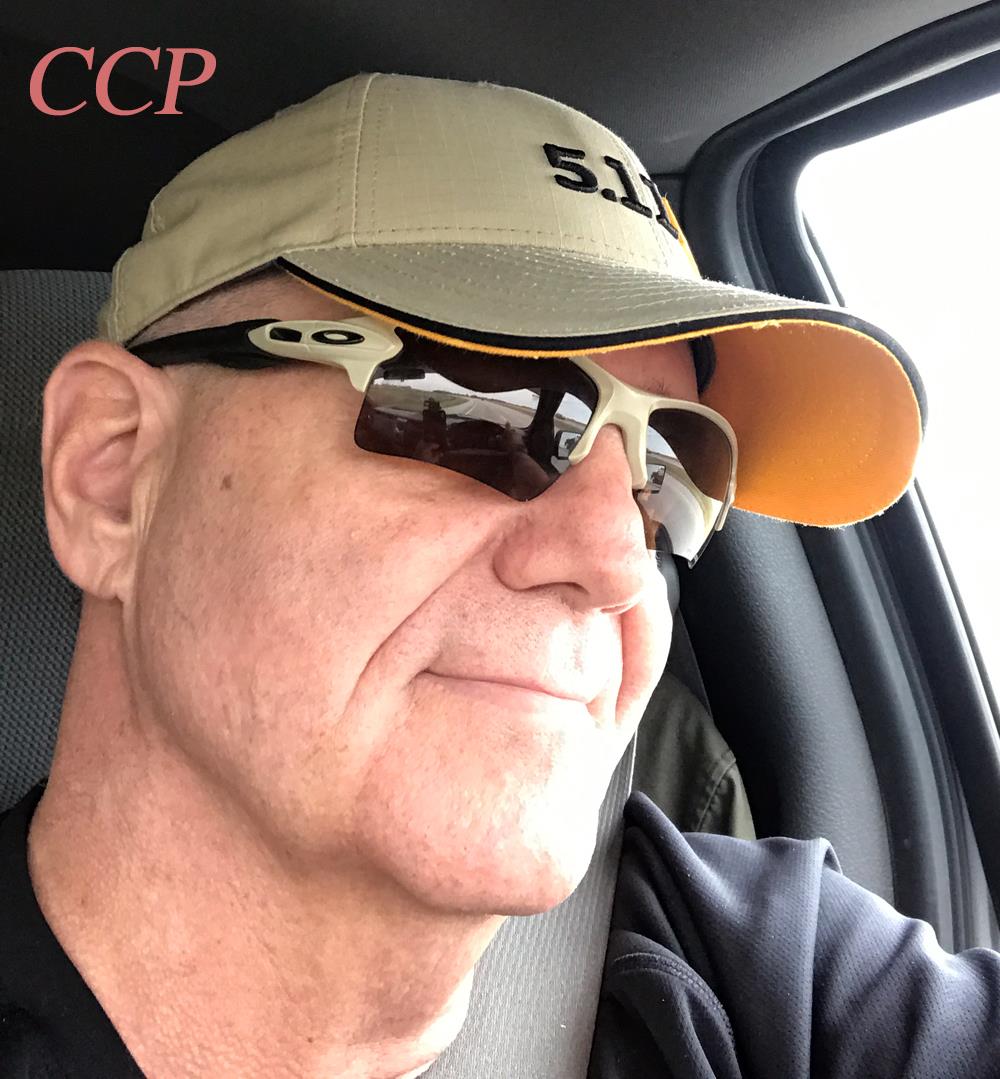Excerpts From Heart Surgery in America: What is it that I do?

Editor’s Note:
This book is NOW over halfway written,
It is a rendering of the reality, sometimes sad and at times funny, emotional, and clinical vignettes of the many different aspects relating to open heart surgery- from the perspective of a perfusionist. This book is a commentary not only on the intricacies of heart surgery, but openly engages and describes the peaks and valleys of ethical or moral successes and failures. It highlights moments where lives are saved by the strength of the character of the team- as well as surgical strategies undone by flaws imbued in the highly trained individuals living and breathing this volatile work environment.
Here is an Excerpt from the book 🙂
What is it that I do? Perfusion 101
If you were wondering what a perfusionist is, basically it can be summed up as “we stop your heart to keep you alive”, an almost paradoxical statement for a profession so few realize even exists. As the title on the cover says, this is a book on open heart surgery in America, and the people that participate in this process. I am one of those people.
As a perfusionist, I operate heart lung machines, place you on bypass, stop your heart, cool you down, breathe for you, replace the natural function of your heart by maintaining your blood flow to all parts North and South, perform the natural function of the lungs, by circulating oxygen rich blood to your brain, major organs (arms, hands, legs and feet), restart your heart, rewarm you, and wean your from bypass. I’m the guy that does all that, a pilot of sorts.
As a perfusionist, also known as a certified clinical perfusionist (CCP) in the USA, I am a specialized healthcare professional who operates a heart-lung machine during cardiac surgery and other operations that require some sort of respiratory or systemic cardiovascular support to engage in cardiopulmonary bypass and enable patient life support during a procedure. It is called open heart surgery for a reason; as the name implies, it involves surgical access to and into your heart as well as the great vessels that the heart supplies.
Open-Heart procedures can range from the routine to highly complex, and during the evolution of the operation itself, perhaps what was an ordinary presentation prior to the beginning of the case, becomes a substantially more complicated proposition as the team encounters unanticipated obstacles with anatomy, or other problematic issues. We are highly trained members of the cardiothoracic surgical team which consists of cardiac surgeons, anesthesiologists, physician assistants, surgical technicians, nurses, and obviously ourselves. Our main function is total life support: our primary responsibility is to manage the physiological and metabolic needs of our patients undergoing cardiopulmonary bypass, otherwise known as heart surgery.
We accomplish this by employing a device known as a Heart-Lung machine. The term “device” is probably a misnomer, as this machine has a pretty large footprint in the operating room theater, and is very complex. Prior to each operation we (perfusionists) assemble what is called an extracorporeal (Latin for out of body) circuit that is premanufactured and sterilized for one-time-use on a single patient/operation. This “circuit” is an assembly of tubing, filters, valves, purge lines, suction lines, gas exchanging membranes, and water conduits, all meticulously premanufactured to meet the specifications for each individual perfusionist, hospital, or corporation. They are customized to fit snugly and conform to the physical design of whatever hardware or pump(s) that are being used by the facility that you are having your open-heart operation in. It is a scary maze of tubing, lines, revolving pumps, electronic probes, knobs, computer screens, alarms, temperature measuring devices.
Diversion of blood from the operative site, via an extracorporeal circuit (ECC) is necessary to proceed with open heart surgery. Vascular access leading to the right side of the heart (venous) and ejecting from the left side of the heart (arterial) is shunted from the patient to the heart lung machine. The heart (and therefore the lungs) are effectively bypassed, and their associated functions assumed by the components of the ECC.
Typically, blood is drained by gravity via cannulae (large tubes) in the superior and inferior vena cavae (and/or right atrium) to the heart-lung machine where it passes through an artificial lung (or membrane “oxygenator”) and then is pumped (usually with a roller or centrifugal pump) back into the systemic arterial system via an arterial cannula that is placed in the ascending aorta.
The venous blood, before it enters the right auricle of the heart, is diverted out of the vena cava and passed into the plastic tubes. This blood, which has already circulated through the body and consequently has a low oxygen content, is circulated through an artificial lung. The red blood cells are thus able to absorb oxygen in much the same way in which they do this in the human lung.
The heart-lung machine is a device used to provide blood circulation and oxygenation while the heart is stopped. It is a means of keeping a patient alive while his heart is stopped or even removed from his body. The device also is referred to as an extracorporeal circuit and is used to conduct cardiopulmonary bypass, indicating its function as a means to substitute for the normal functions of the heart (cardio) and lungs (pulmonary). Because of the need to offset the cooling of blood passing through the ECC as well as the frequent need to intentionally cool and then rewarm the patient, a heat exchanger is included in the oxygenator either prior to or contiguous with the gas exchange unit.
In order to initiate cardiopulmonary bypass, systemic heparinization is required to establish a safe level of anticoagulation and inhibit potential blood clot formation. It is intended to inhibit the formation of clots within the ECC and oxygenator, as well as prevent thrombotic events from occurring in the patient. This represents a significantly high level of anticoagulation, that must then be appropriately reversed upon termination of bypass. Significant to the circuit itself, is the amount of crystalloid solution required to “prime” the tubing, reservoir, filters, and oxygenator, and remove all entrapped air. As a result of a heart patient being exposed to this amount of intravenous (IV) solution, the percentage of red blood cells floating in their blood stream gets lower and results in a dilution of the blood or hemodilution. If the impact of dilution is severe enough to decrease the bloods’ ability to carry oxygen to where it needs to go (basically everywhere), the patient may require a transfusion with a unit or two of blood. We try to avoid this exposure to foreign blood to the patient, but are compelled to do so if there is a possibility of the patient suffering a stroke, or our lab results demonstrate that we are not protecting the patient effectively enough. Obviously many factors come into play here, many that don’t require an explanation and are too in depth for the intended direction of this story.






